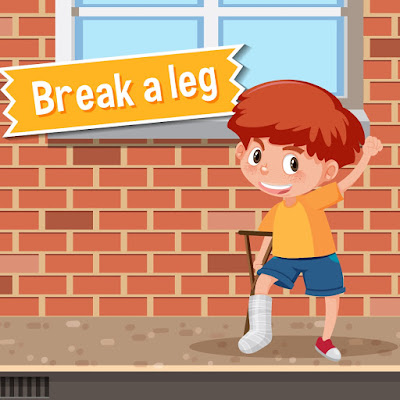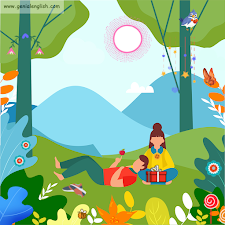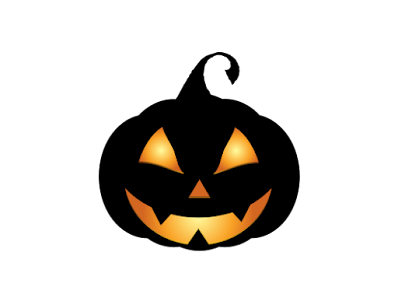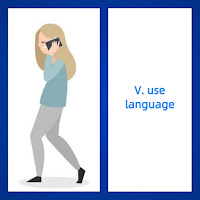Idioms: when you know the words but not the meaning

Have you ever entered a room full of people speaking English? Then, suddenly, you are confused: They are talking words you can understand but can't figure out the meaning of what they are saying. Imagine your co-worker telling you: "Don't break a sweat on that report! You can get it fixed if you pull out an all-nighter . " Did you truly understand what she was trying to tell you? At that moment, you feel you need some coffee to sharpen your mind and think about what your co-worker just told you. You are walking to the cafeteria and find yourself in trouble because there is a new coffee machine, and it looks complicated to make it work. Another co-worker passes by, and she says: "Don't worry, right off the bat, you can tell is a tricky machine! " and offers to help you. You accept the help but are clueless about what she said a minute ago: perhaps she wants me to hit it with a bat? You wonder. That afternoon, you ride the bus to get back home,








